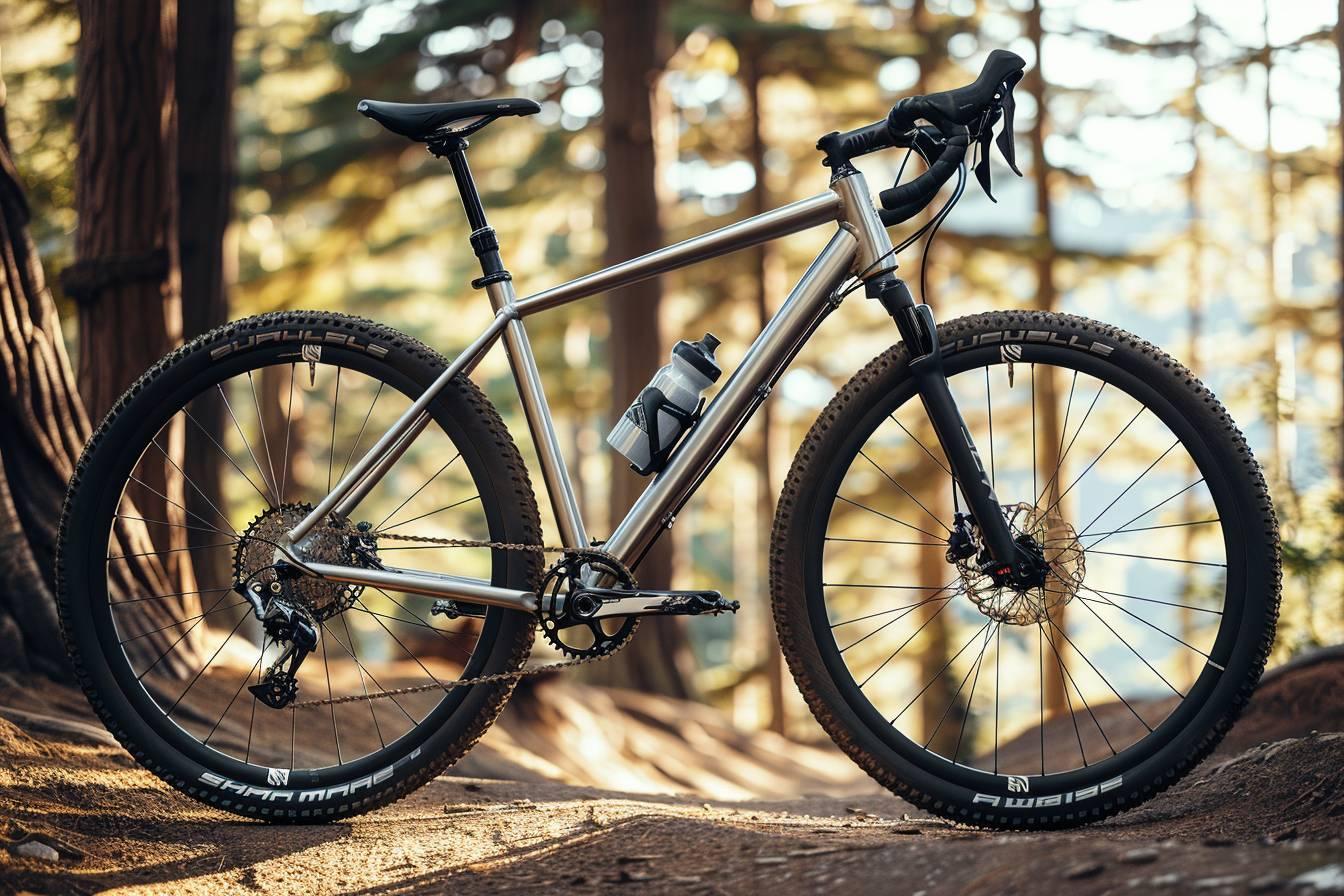This article compares SRAM Rival and Shimano 105 groupsets, highlighting key differences and features for cyclists to consider. Here’s a brief overview :
- Shifting mechanism : SRAM uses a single paddle, Shimano employs dual levers
- Weight : SRAM Rival components are generally lighter
- Gearing : SRAM offers a slightly wider range
- Brand preference : SRAM dominates in mountain bikes, Shimano in road bikes
- Electronic options : Both offer advanced shifting systems at a premium
Choosing between SRAM Rival and Shimano 105 can be a challenging task for cycling enthusiasts. Both groupsets offer excellent performance and value for mid-range bicycles. This comprehensive comparison will delve into the key differences, features, and benefits of each system, helping you make an informed decision for your next ride.
Understanding groupsets : SRAM Rival vs Shimano 105
A groupset is the collection of components that make up a bicycle’s drivetrain and braking system. When comparing SRAM Rival and Shimano 105, it’s essential to understand that these are mid-range options designed to offer a balance of performance and affordability.
SRAM Rival and Shimano 105 are direct competitors in terms of price and performance. However, there are some notable differences :
- Shimano 105 is more commonly found on bikes around $1,200
- SRAM Rival is slightly more expensive
- Both offer precise and reliable shifting
- Overall performance is similar, with the choice often coming down to personal preference
One of the most significant distinctions between these groupsets lies in their shifter design and operation. Shimano uses a brake lever and a separate lever behind it, while SRAM employs a single shift paddle behind the brake lever. This difference in design can greatly impact your riding experience and comfort.
Component comparison : Weight, performance, and features
When examining the individual components of SRAM Rival and Shimano 105, several key differences emerge :
| Component | SRAM Rival | Shimano 105 |
|---|---|---|
| Shifters | Lighter (350g) | Heavier (500g) |
| Rear Derailleur | Lighter (180g) | Heavier (225g) |
| Front Derailleur | Yaw technology to prevent chain rub | Standard design |
| Cassette | 11-speed, wider range (11-36) | 11-speed, narrower range (11-34) |
| Chain | PowerLock connecting link | Standard design |
Both groupsets use aluminum chainsets, with Shimano known for greater stiffness. Shimano offers more chainring options, while SRAM provides more crank length options. This variety allows cyclists to fine-tune their setup based on their specific needs and riding style.
In terms of braking performance, Shimano brakes generally offer more power, while SRAM brakes provide a more progressive feel. Both groupsets are available with rim or disc brakes, catering to different preferences and bike designs.

Choosing between SRAM Rival and Shimano 105
Selecting the right groupset depends on various factors, including your riding style, preferences, and budget. Here are some key considerations :
- Shifting mechanism : If you prefer a single-paddle design, SRAM Rival might be more suitable. For those accustomed to traditional dual-lever systems, Shimano 105 could be the better choice.
- Weight : SRAM Rival components are generally lighter, which may be advantageous for climbers or weight-conscious riders.
- Gearing range : SRAM Rival offers a slightly wider range, which can be beneficial for tackling varied terrain.
- Brand preference : SRAM dominates in mountain bike groupsets, while Shimano is more prevalent in road bike groupsets.
- Availability and compatibility : Consider the availability of replacement parts and compatibility with your current setup.
It’s worth noting that both brands offer higher-end versions of these groupsets. Shimano’s Ultegra and Dura-Ace, and SRAM’s Force and Red provide improved materials, weight savings, and enhanced performance. However, prices increase significantly for these premium options.
Electronic shifting : The future of cycling
For cyclists seeking cutting-edge technology, both SRAM and Shimano offer electronic versions of their groupsets. These advanced systems provide precise, effortless shifting and increased reliability :
- SRAM eTap AXS : A wireless electronic shifting system known for its simplicity and clean aesthetics.
- Shimano Di2 : A wired electronic system renowned for its reliability and customization options.
While electronic groupsets offer unparalleled performance, they come with a significant price premium. The choice between SRAM eTap AXS and Shimano Di2 often boils down to personal preference and budget constraints.
Ultimately, both SRAM Rival and Shimano 105 provide excellent performance for their price point. The decision between these two groupsets should be based on your specific needs, riding style, and personal preferences. By carefully considering the features, benefits, and limitations of each system, you can make an informed choice that will enhance your cycling experience for years to come.
